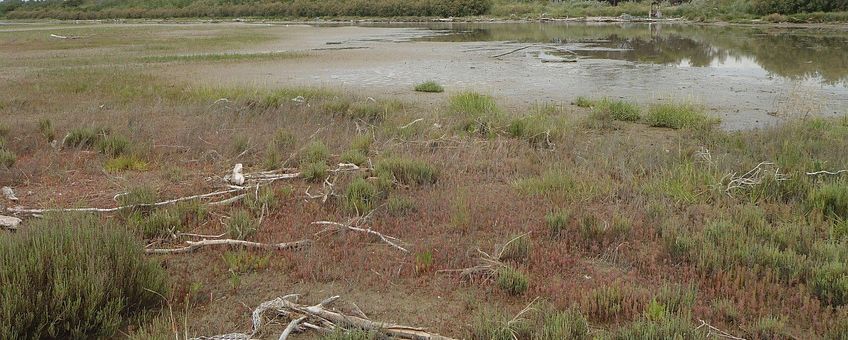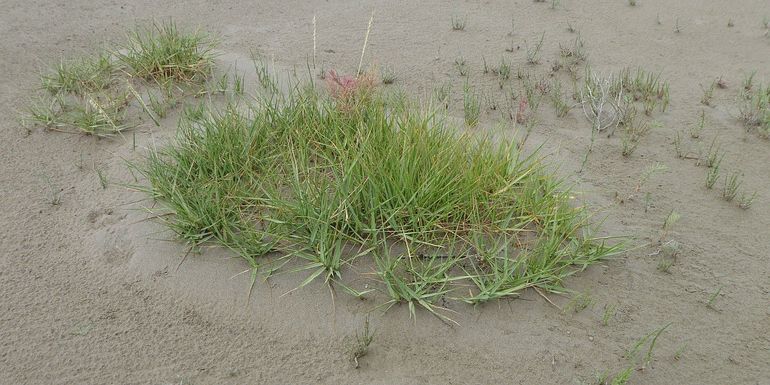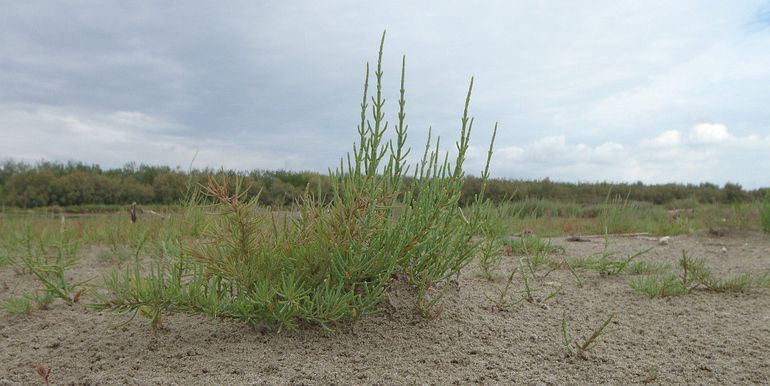
Climate change makes Mediterranean marshes more vulnerable to sea level rise
NIOZ Royal Netherlands Institute for Sea ResearchInstead, a weaker, short-lived type of plant is taking its place, making the coastal marshes more vulnerable to sea level rise. These results are reported by an international research team, including sea researchers from NIOZ.
Vegetation shifts due to climate change
“What we see is a marked shift from cordgrass to pickleweed in many marshes, particularly along the Adriatic coast. We wanted to understand what was causing these conspicuous changes in the composition of these Mediterranean marshes”, says Beth Strain, the lead scientist working in Italy at the University of Bologna when carrying out the research, but currently at Sydney Institute of Marine Science. “Common cordgrass is a long-lived species that lays the foundation for many salt marshes, while pickleweed is short-lived species that needs to recolonize the marsh year after year. You can imagine that they can play very different roles within these precious coastal ecosystems. We found that the combined effects of higher temperatures and lower rainfall boosts the growth of pickleweed at the expense of cordgrass explaining the observed shifts from cordgrass to the ‘sea beans’.”

More vulnerable to sea level rise
“On top of that our results show clearly that pickleweed is much more vulnerable to increased seawater flooding”, Jim van Belzen from the NIOZ adds. “We know from previous research that these short-lived plants are far less effective in binding the soil and trapping sand and clay. Therefore, this shift is likely to have important ramifications for the adaptability of these salt marshes to relative sea level rise. Salt marshes dominated by pickleweed are far less likely to keep up with sea level rise.”

How about Dutch salt marshes?
“Although we cannot directly translate these result to our Dutch salt marshes, we can learn some important lessons from it” says Jim van Belzen, “Also the dominant plants in the Dutch marshes can shift as the result of changes in the climate. Changes in freshwater discharge for example have been linked to sea bulrush replacing cordgrass in marshes along the Westerschelde (a Dutch estuary). We are just starting to realize how these different plants affect the ability of salt marshes to reduce erosion or attenuate waves in different ways. Thus, also here changes in the environment or the climate might impact the ability of marshes to adapt to changing sea levels or perform important services. Especially, if we want to integrate these ecosystems into our coastal defences we have to be mindful about these changes and what they imply for their stability and resilience.”
Text: NIOZ
Photos: Jim van Belzen (leadphoto: an Adriatic salt marsh in which most cordgrass is replaced by pickleweed)
